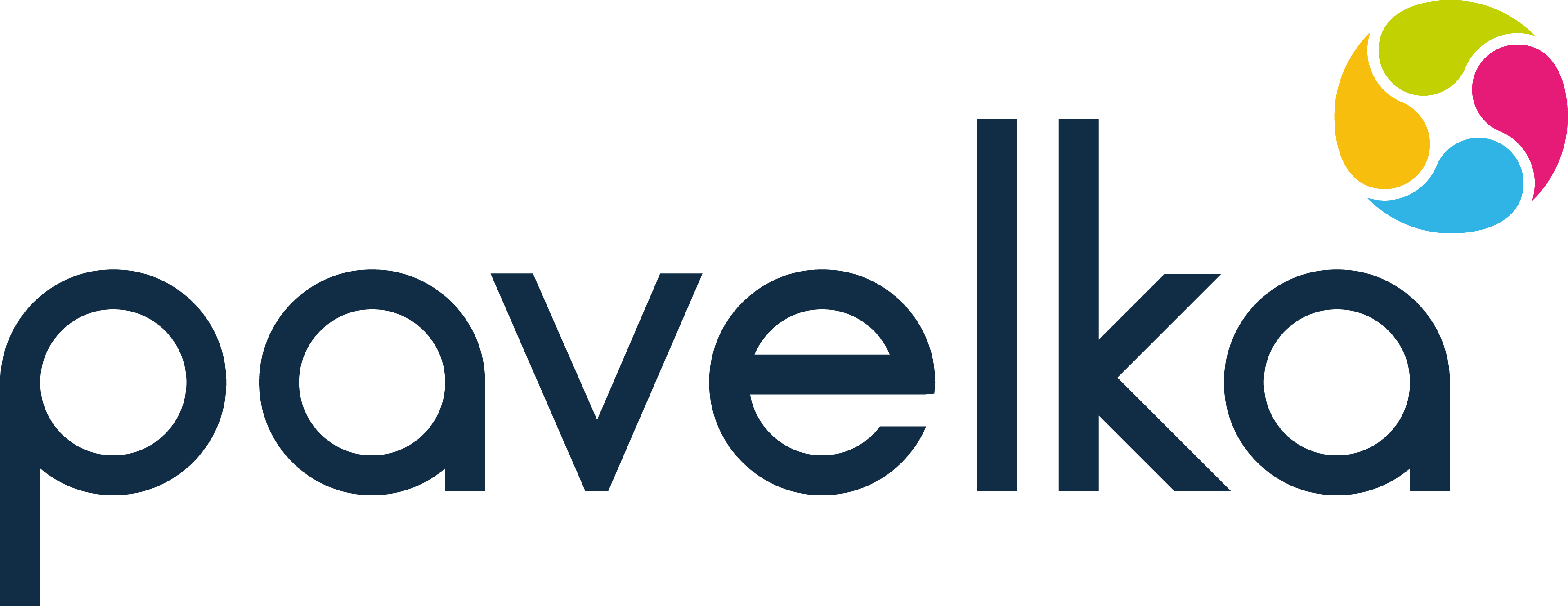One of the very top challenges in remote working is loneliness. The challenge is not only the direct emotional impact of loneliness, but the feeling of working alone, with it being common for remote workers to believe that they have reduced visibility and less access to company leadership. Put simply, they can feel left out.
To read the free guide: How Can People Professionals Create Remote Working Wellness – A Guide: download our free report here.
According to Buffer’s State of Remote Work report, the second biggest challenge with remote work was loneliness.
Remote workers believe that they have reduced visibility and less access to company leadership, as evidenced in the survey of remote employees by job search site Indeed.
A report of 1,100 employees by HBR also concluding that remote workers feel left out.
Fast Company reported that one recent study showed that when colleagues spend just 15 minutes socialising and sharing their feelings of stress, they have a 20% increase in performance.
Even small interactions and touchpoints – outside of simple work calls – can lead to a huge impact in more positivity and a feeling of inclusion.
Building rapport with remote workers is crucial, as it builds trust. This rapport comes from getting to know the complete person, not merely the employee. Loyalty and general happiness are gained from feeling part of a positive culture, and giving positive reinforcement.
Isolation is an insidious factor that can lead to not only mental health issues but physical problems.
The Institute of Occupational Medicine give the following general guidelines to combat feelings of remote and lone worker isolation:
- Provide opportunities for lone workers to meet up and share experiences, concerns and successes, thus reducing stress and isolation.
- Use mechanisms to determine and then drive engagement and trust levels. Consider 360-degree feedback and attitudinal surveys.
- Ensure that you adopt an open-door policy.
- Get to know lone workers at a personal level and recognise that your lone workers may need you to adapt your approach to their style.
- Initiate “safe and well” checks at the end of each day.
- Call your lone workers occasionally just to ask how they are.
Ways to bring in the Connect Element:
- It can be natural to fill a Google calendar with work meetings and work video calls. But how much of the week is spent simply connecting as humans?
- It doesn’t have to be about big annual team-building events, but what are the opportunities for regular connection and group sharing?
- Where possible, how often can remote workers physically meet? Whether being involved in work meetings or simply casual catch ups, prompting face to face interaction will boost the feeling of reality and inclusion.
Find out much more about how each of The Four Elements – Eat, Sweat, Think and Connect – can bring wellness to your remote people and teams: How Can People Professionals Create Remote Working Wellness – A Guide: download our free report here.
